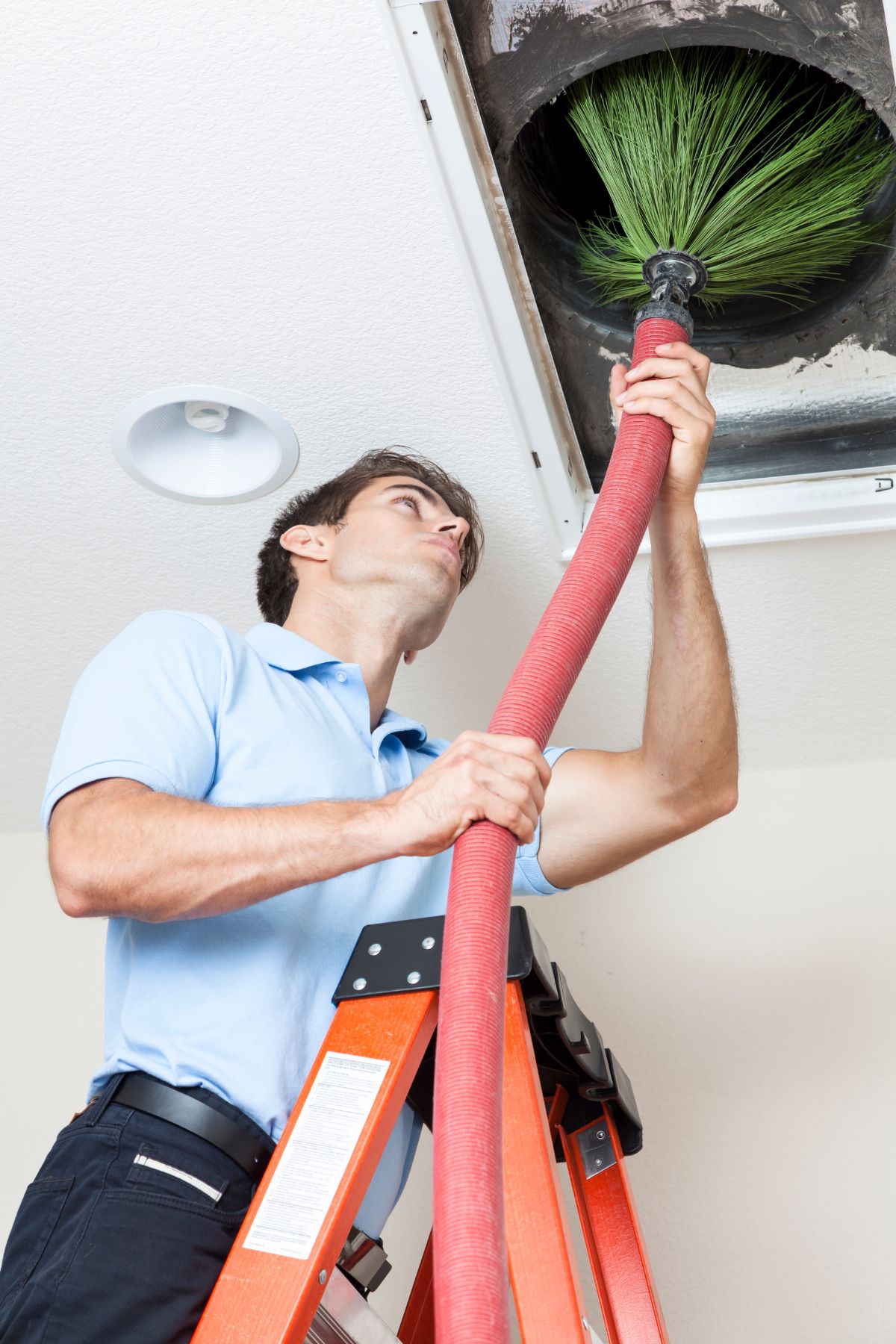As we move further into the twenty-first century, the value of efficient heating, ventilation, and HVAC systems, or heating, ventilation, and air conditioning, cannot be ignored. These systems play a key role in ensuring satisfactory internal environments in both residential and industrial settings. But with developments in technology, the HVAC landscape is evolving rapidly, paving the way for more advanced, high-efficiency solutions. Understanding what HVAC is and how it works is essential for homeowners and businesses alike, especially as the integration of intelligent technology begins to revolutionize our standards of these systems.
This article will explore the future HVAC technology, focusing on the developments that are transforming how we heat and chill our spaces. From intelligent thermostats that learn your behaviors to eco-friendly systems designed to reduce your monthly bills, the next phase of HVAC is not just about ease; it’s about creating a sustainable lifestyle. We will also tackle common HVAC problems, maintenance tips, and timely considerations to help you make informed decisions for your home or office. Accompany us as we investigate the field of HVAC and discover how embracing smart technology can lead to a smarter and comfortable future.
Understanding HVAC Basics
HVAC stands for heating, ventilation, and air conditioning. These systems are vital for preserving cozy indoor climates in both home and commercial buildings. HVAC units not only control temperature but also control air quality, making sure spaces are livable and suitable for occupants. Comprehending AC service of HVAC systems helps homeowners and building managers make wise decisions about setup, maintenance, and upgrades.
At its foundation, an HVAC system is made up of three primary functions: heating, cooling, and ventilation. Heating is typically achieved through heaters or heat exchangers that heat the air during chilly months. Cooling is primarily provided by air conditioning units that reduce indoor temperatures in response to rising heat. Air exchange plays a important role by allowing fresh air to circulate while expelling stale air, which is essential for maintaining a healthy living environment.
A well-designed HVAC system should function efficiently and quietly, providing reliable comfort throughout a building. Common types of systems include main air conditioning, ductless mini-splits, and earth-sourced systems, each with its pros and applications. Understanding these basics sets the basis for tackling more intricate topics, such as diagnosing common problems and examining smart technology advancements in HVAC.
Smart Heating, Ventilation, and Air Conditioning Advancements
The surge of smart tech has revolutionized the HVAC industry, making heating and cooling systems increasingly effective and easy to use. Sophisticated features such as Wi-Fi connectivity options allow owners of homes to control their HVAC systems from afar through smartphone applications, enabling immediate changes based on their wants and timing. This connectivity not just improves ease of use but also promotes power efficiency by adjusting system usage according to occupancy trends.
Furthermore, smart HVAC systems typically incorporate adaptive algorithms that track user behavior over time. These systems can instantly modify temperatures based on when the house is in use or unoccupied, greatly reducing energy consumption during inactive times. Additionally, integration with smart home devices, such as voice assistants, enables seamless control, allowing users to change their climate settings with simple voice commands, improving the overall comfort of the living space.
An additional key advancement is the use of advanced sensors that track indoor air purity and humidity conditions. These sensors can interact with the HVAC system to make real-time modifications, ensuring optimal ventilation and air quality. By measuring contaminants, allergens, and moisture, these smart systems not only provide a comfortable environment but also contribute to better health and welfare for the residents, showcasing the multifaceted benefits of embracing smart HVAC solutions.
Ensuring Effectiveness & Cozy Atmosphere
In order to guarantee your HVAC system functions optimally, regular maintenance is essential. This entails changing air filters, examining ductwork, and scheduling professional tune-ups. Changing filters monthly or every few months can significantly enhance air quality and system efficiency. Ignoring filters leads to clogged systems, driving up energy consumption and negatively impacting comfort levels in your home. Professionals can detect potential issues before they escalate, ensuring the system runs smoothly throughout the year.
In addition to regular maintenance, smart technology integration can enhance both efficiency and comfort. Smart thermostats, for instance, can adapt to your schedule, enabling you to set temperatures based on your daily routines. By using these devices, you can prevent unnecessary heating or cooling when the house is empty, resulting in substantial energy savings. Additionally, smart sensors can recognize when windows are open and adjust HVAC settings to match, which helps maintain an ideal indoor environment.

Lastly, ensuring proper insulation and ventilation plays a pivotal role in maximizing HVAC efficiency. Well-insulated homes maintain temperature more effectively, reducing the workload on your system. In addition, good ventilation helps in maintaining indoor air quality, which is vital for comfort and health. By addressing these additional factors, homeowners can create a balanced synergy between energy efficiency and comfort, resulting in a more enjoyable living environment.
